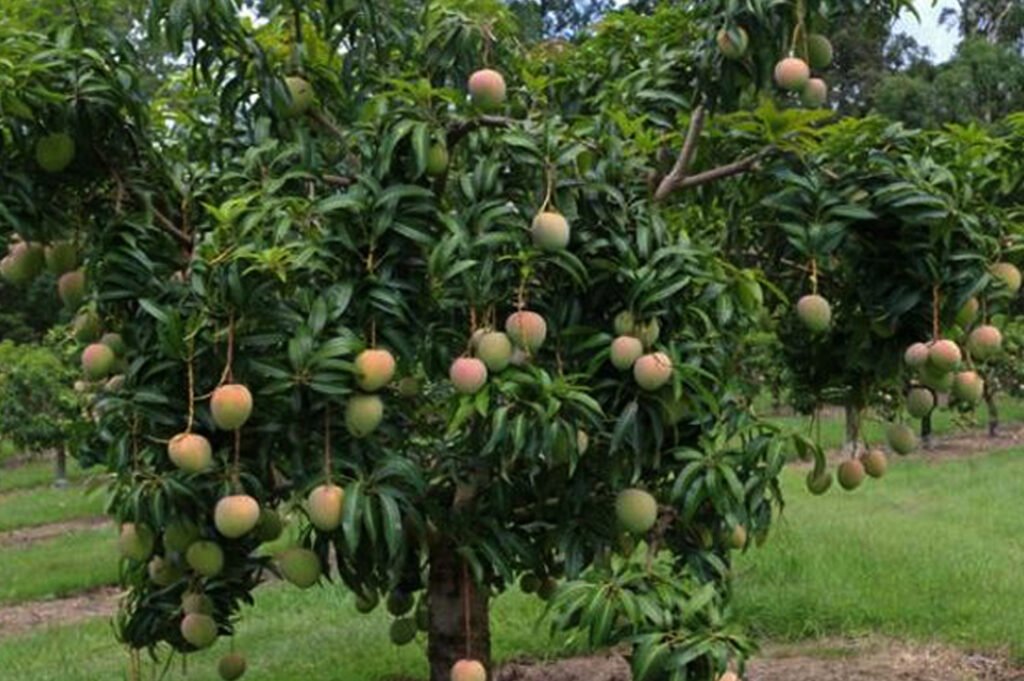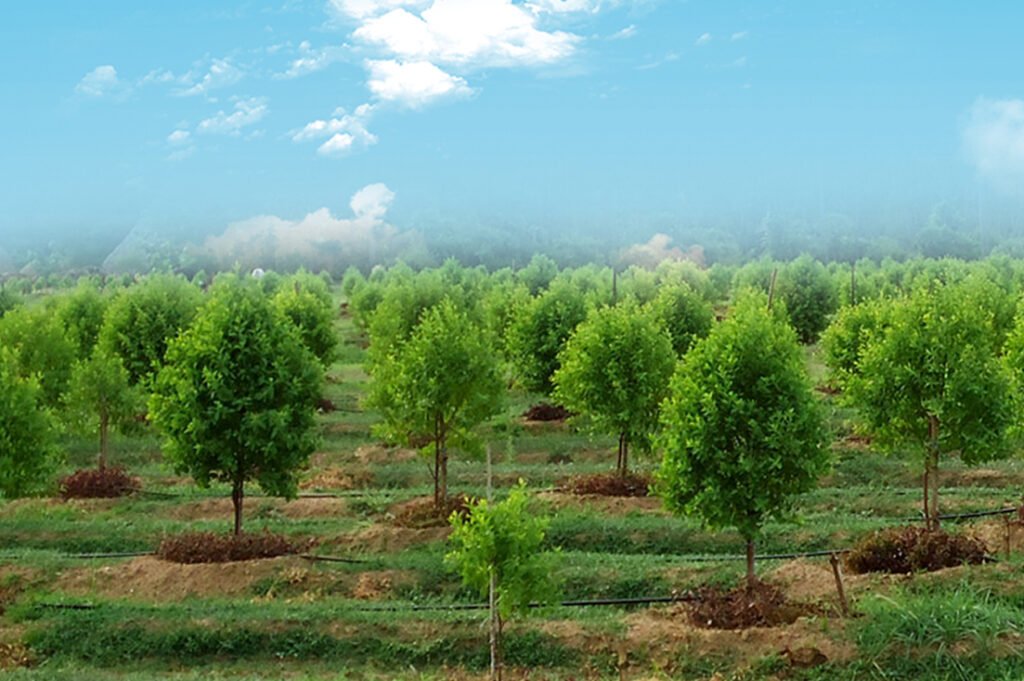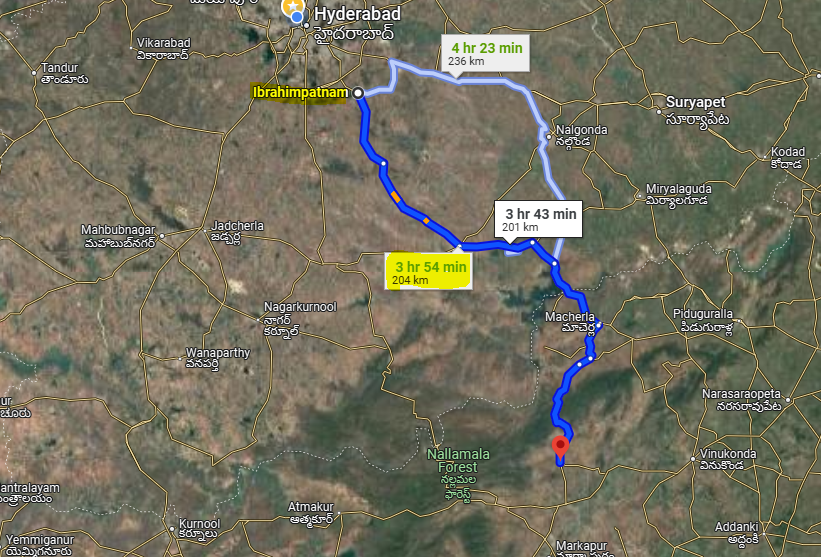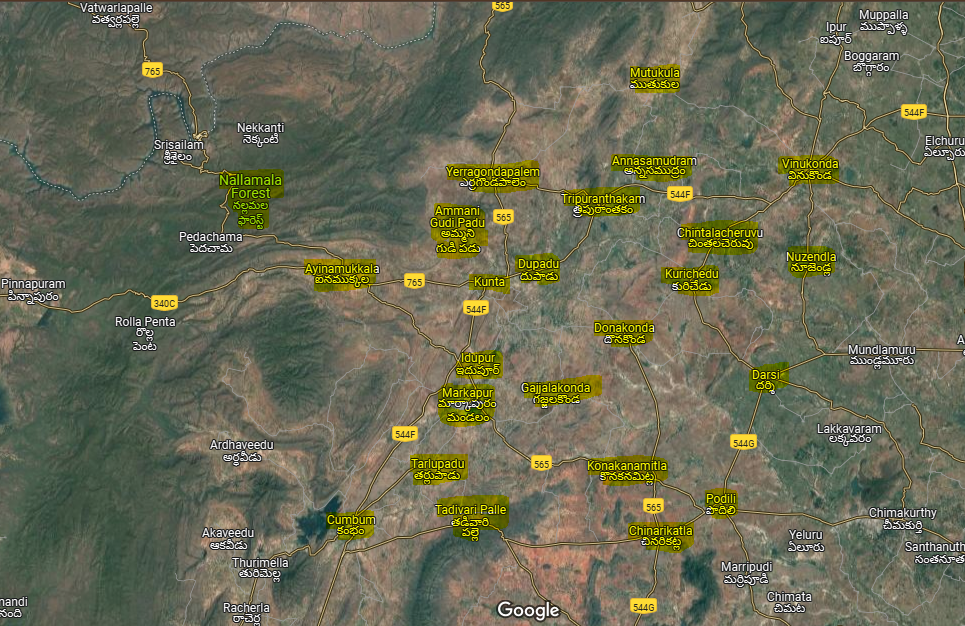Sandalwood Farmlands (25 cents, 50 cents & 1-Acre)
Ten lakhs investment today will give you 3-4 crores in 12-15 years.
Farmland Solutions from D3Y Infra: D3Y provides farmland solutions to people with little savings who want to invest in farmland within a 2-hour drive from ORR to spend their weekends and festival days. D3yInfra also provides 25 cents farmland with 80 sandalwood plants, 20 fruit-bearing plants, and a container home. Currently, we are working on Sandalwood farmlands in the Prakasham district and weekend homes in the Old Telangana districts of Karnataka, such as Gulbarga and Bidar, along with the outskirts of Hyderabad, within 50km from Outer Ring Road.
The objective of the middle class? If individuals within this demographic can allocate funds towards land investments that appreciate every three years, it is feasible to transform an initial investment of 10 lakhs into 100 crores over a span of 30 years. It is advisable to undertake two to three investments during this period. For instance, if one invests 10 lakhs in 2025, the expectation is that this amount will appreciate tenfold within a decade, resulting in a total of 100 lakhs. If this sum is subsequently reinvested wisely, it could grow to 10 crores within the following ten years. Continuing this strategy, if the 10 crores is reinvested for another decade, it has the potential to reach 100 crores. Therefore, it is prudent to commence investing between the ages of 30 and 35 to accumulate a substantial amount by the time one reaches 60 or 65. This should be the primary objective for individuals from middle-class backgrounds. D3y will assume a supportive role for these individuals through our Sandalwood farmlands.

Lead your retired life with dignity: Many individuals aged 65 and older experience emotional distress due to neglect from their children, a situation that can be alleviated through strong willpower and mental resilience. However, retired parents may face significant challenges if they rely on their children for daily financial support or medical expenses. Additionally, during middle age (ages 45-55), individuals often encounter substantial costs related to their children’s education, overseas studies, weddings, and healthcare needs. Therefore, everyone needs to plan for retirement and the critical middle-age years.
An investment of just 10 lakh rupees can yield 3.0 to 4.0 crore returns from cultivating 100 sandalwood trees on 25 cents of land. If financially feasible, we encourage individuals to consider investing in 50-cent land with 200 plants for 18 lakhs and a 1-acre sandalwood farm with 400 plants for 32 lakhs.



COOPERATIVE FARMING
- Definition: By definition, Cooperative farming is done under a cooperative society formed by a group of farmers. Under this, all farmers of the society pool their resources voluntarily for more efficient and profitable farming. Individual farms remain intact under this cooperative initiative.
- Advantages: There will be huge benefits to the investors/farmers in this methodology as below.
- Benefit-1: One can get land at 33% price to the price the commercial farmland developer offers the public. Ex: If 1-Acre is sold between 40-80 lakh rupees making it into small bits, the same can be owned for 50% of this cost if a group of people can search for good land and invest all by themselves.
- Benefit-2: The maintenance of the farm will reduce to 10% when compared to maintaining the farmlands individually. Ex: If one incurs Rs.20000/- on each acre of sandalwood farm every month, it would be 2 lakhs per month for a 100-acre sandalwood farm.
- Benefit-3: There will be a huge benefit while harvesting the farm as the selling process, the selling price and the vendor will be decided after integrating the minds of all the society members.
Pricing details

- 25 cents farmland with 100 Sandalwood plants for 10 lakhs.
- 50 cents farmland with 200 Sandalwood plants for 18 lakhs.
- 1-acre farmland with 400 plants for 32 lakhs.
- We shall give 20 fruit-bearing plants as per customers’ choice.
- Project site?
The site will be disclosed and the project will be launched in March 2026 and the project will be in the Prakasham district. People may express their interest now. - Payment:
- Booking Amount by Demand draft*: Rs.1 lakh, 1.5 lahks, 2 lakhs for 25 cents, 50 cents and 1-acre land after we open the bookings in March 2026.

Investor Plots
- We have 100 plots under this category, offering a 1-acre Sandalwood farm for just 20 lakhs.
- Booking Amount: Rs.1 lakh.
- The balance Amount should be paid within 7 days of finalising the land.
- This is only for people with ready money and trust d3yinfra.
- This offer is restricted to 100 people only.
Note: This offer is subject to solicitation from our managing director.
OUR PROMISE
To tackle the issues outlined previously, D3Y launched a project that explicitly excluded any of the misleading practices commonly employed by various developers. In this initiative, we provide the farmland and transfer complete ownership of the project to the owners’ association.
At D3Y, our aim is not merely to achieve success but to create genuine value. An ethical entrepreneur consistently seeks ways to assist others, while those lacking integrity often inquire, “What benefit do I gain from this?”
We promise you our best service and wish you all the best.
D. Anand K. Reddy, MTech (Structural Engineering), Managing Director, D3yInfrastrutures (P) Ltd.

PLEASE NOTE:
Our goal is to offer Sandalwood farmland at the lowest cost in India without taking any share from the sandalwood harvest. We offer our services with a reasonable 20% margin, while other commercial firms charge 4 to 5 times the actual cost they incur on the land with plantations and other agri-amenities. Most firms sell sandalwood farmland between 40 and 80 lakhs per acre and take away 30 to 50% of the Sandalwood harvest.
The establishment of the Sandalwood plantations will be completed within three months following the buyers’ registration of the lands. We will ensure the installation of sufficient bore wells, drip irrigation systems, and a reliable power supply. Additionally, we will construct watchmen’s quarters and acquire agricultural machinery, including tractors and power weeders. We will fully fence the area, install CCTV cameras, and provide round-the-clock security at the main entrance to safeguard the property. Furthermore, we will maintain the farm for one year. Upon completion, we will form an association with the farm owners, provide all necessary technical knowledge and workforce, and transfer farm management to the farm owners’ society. Should the society encounter challenges, we will engage a contractor who will impose a nominal monthly fee on all members to take care of the farm. The contractor will retain 25% of the harvest between the 12th and 15th year.
The best area to grow Sandalwood farms is Prakasham district (Areas shown below)





Danger in Investment on Farmland or Plot
Over the past thirty years, numerous individuals have participated in agricultural project initiatives across India. In recent years, sandalwood cultivation has attracted significant attention. However, promoters often mislead the public with enticing terms such as plantations, clubhouses, resort accommodations, swimming pools, restaurants, water activities, and golf courses. In such cases, the developer encourages investment in amenities but fails to transfer ownership to the landowners’ association.
In sandalwood farms, a common practice is to purchase land, subdivide it, and resell it with an upfront profit of 500%. Developers typically claim 30–50% of the sandalwood yield, which could amount to ₹5–10 crores for the landowner after 15 years. This practice of taking a share under the guise of “farm maintenance” reflects a colonial mindset on the part of developers and passive acceptance by investors.
Often, the developer acts like a parasite, staying on the property for generations and profiting perpetually from amenities funded by investors. They may obstruct the formation of a buyers’ association and prevent owners from interacting. Buyer details are rarely shared on websites or notice boards — a deliberate divide-and-conquer strategy to maintain control. Initially, developers present themselves as friendly from the site visit until final payment, but once all plots are sold, their representatives dominate the farmland, treating buyers as secondary citizens.
Therefore, obtaining written confirmation regarding the sharing of buyer contacts and the developer’s commitment to vacate the premises and transfer control to the community is critical. Relying on the developer’s goodwill post-sale is risky. The public must scrutinize agreements carefully, especially the handover clause. The developer should clearly commit to transferring land plots, amenities, and assets to the association. Extreme caution is required if the developer retains 5% of the plots, as this can enable continued interference in governance, often aided by a few buyers lacking integrity. Ensuring that the developer holds no authoritative role within the association is essential.
The more people rationalize or ignore cheating, the more it becomes a culture of dishonesty, leading to a vicious downward cycle. When buyers fail to think critically, they empower developers to become professional and perpetual exploiters.
“You are not a fool if someone cheats you when you have no idea about it. But when you know everything about it and still get cheated, then…”



